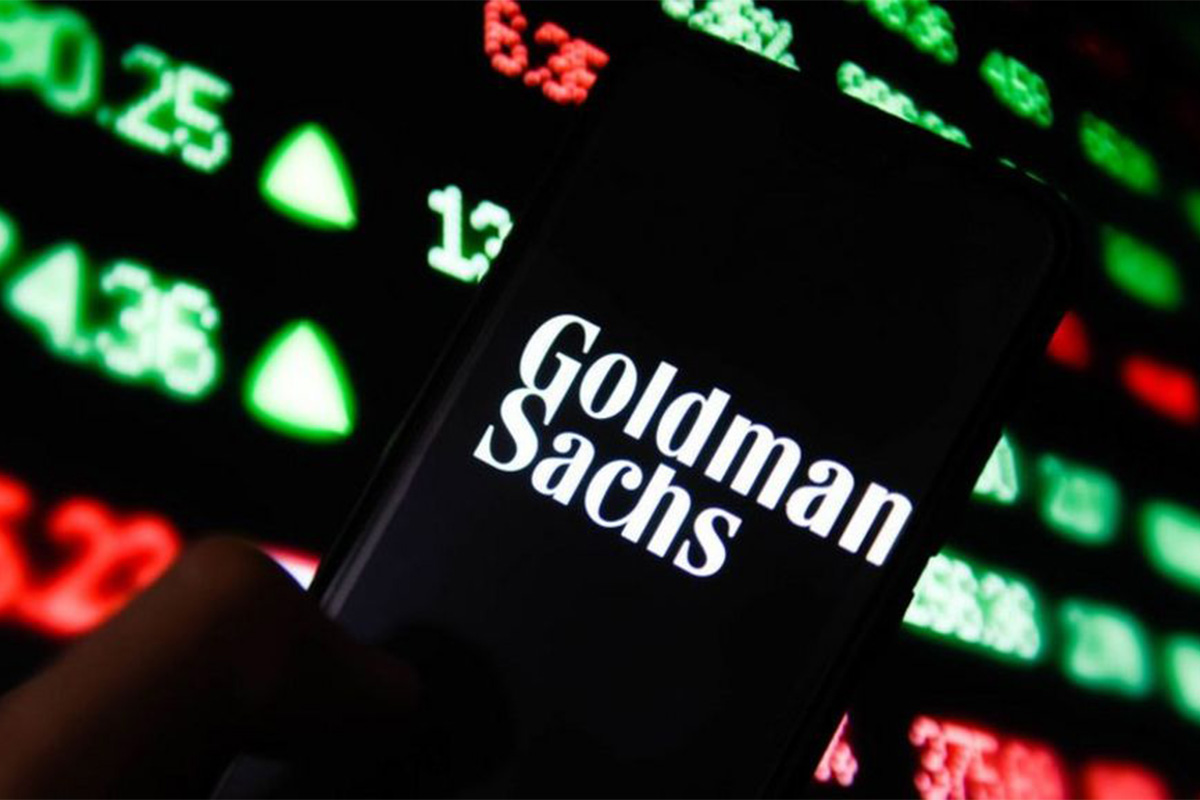3 Indian banks make it to top 50 by assets in Asia-Pacific region in 2023
In the list, State Bank of India is at the 20th position, HDFC Bank at 33 and ICICI Bank at 48th spot.
The global investment banking firm Goldman Sachs has downgraded State Bank of India (SBI) and ICICI Bank, saying the Goldilocks period for banks is over.

(Photo: iStock)
The global investment banking firm Goldman Sachs has downgraded State Bank of India (SBI) and ICICI Bank, saying the Goldilocks period for banks is over.
It noted a challenging near-term outlook for the financial sector, signalling the end of the proverbial Goldilocks period characterised by strong growth and visible profitability.
The report highlighted key concerns include the rising pressure on the cost of funds due to structural challenges in the funding environment, growing apprehensions about rising consumer leverage, especially in unsecured lending, and the need for banks to expand their distribution networks for future deposit growth.
Advertisement
While acknowledging the comfortable valuations in the sector, Goldman Sachs outlined multiple themes impacting the industry. These include headwinds to deposit growth, consolidation in consumer lending, and peaking of return on assets (ROAs) for banks.
“We see multiple headwinds to deposit growth as it loses its attractiveness on: 1strained financial savings, 2) the rise of alternatives such as stock market investments and 3) strong growth in alternate government savings schemes (PPF and Small Savings), size of which has grown to 21 per cent of the total deposits. Interestingly, the increase in alternative government savings schemes is equivalent to 34 per cent of the increase in deposits over FY21-23,” Goldman Sachs said in its report.
“We believe the system would need to offer attractive rates to make bank-deposits attractive,” it added.
For largest public sector lender SBI, Goldman Sachs downgraded it to Neutral from Buy, projecting a 4 per cent downside, while ICICI Bank sees a 3 per cent upside with a downgrade to Neutral.
Yes Bank faced a more significant downgrade, shifting to Sell from Neutral, with an anticipated 37 per cent downside. In contrast, Bajaj Finance received an upgrade to Neutral from Sell, with a modest 2 per cent upside, and HDFC Bank retains a Buy recommendation with a potential 33 per cent upside.
Further, the report anticipated a moderation in ROA for financial institutions due to continued margin pressure, slower loan growth, and the necessity for balance-sheet repair. The dilemma of maintaining market share versus compromising margins is highlighted, with the overall outlook suggesting a more challenging environment for Indian banks.
It provided a nuanced analysis of State-Owned Enterprises (SOE) banks, private banks, and non-banking financial companies (NBFCs), offering recommendations based on their specific market positions.
“While investors appear to be tilting towards SOEs banks given their relatively-comfortable loan-deposit (L-D) ratio, we believe SOE banks will continue to witness pressure on margins on: 1) a focus on low-yielding loans such as mortgages or large-ticket corporate loans and 2) elevated funding costs,” it said.
The risk to the presented view is identified as an earlier-than-expected cut in policy rates, which could alleviate liquidity concerns in the system.
Such measures by the central bank to ease liquidity through Cash Reserve Ratio (CRR) or Statutory Liquidity Ratio (SLR) are seen as potential mitigating factors, particularly benefiting private banks currently facing stretched loan-to-deposit ratios.
Advertisement